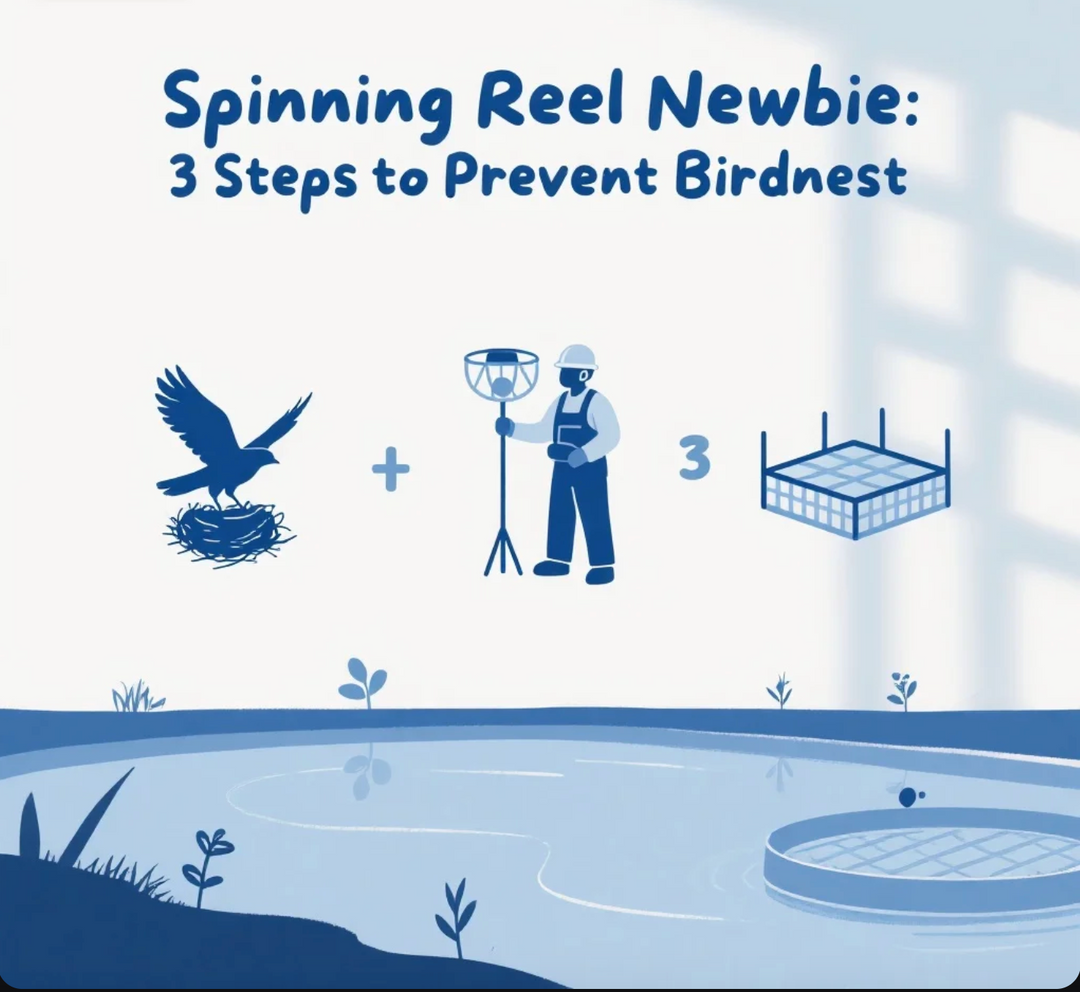🌊 Spring Tidal Prime Time: 2 Secrets to Ignite Spanish Mackerel Frenzies (Plus Gear Guide)
For saltwater anglers, spring’s tidal shifts bring epic Spanish mackerel action—and timing is everything. When warm Gulf Stream currents collide with incoming/outgoing tides, these sleek predators hunt aggressively, creating once-a-season jigging opportunities. Ready to turn tide-turning moments into hook-ups? Let’s dive into two proven tactics, paired with gear built to handle their explosive strikes.
⏰ Prime Time Timing: The Science of Tidal Success
Spanish mackerel are tidal opportunists, keying in on baitfish pushed by water flow. Focus on:
- Peak Hours: 2 hours before/after high/low tide (especially during full/new moons for stronger currents).
- Water Temp: 68–78°F—warmth triggers feeding frenzies.
- Structure: Drop-offs, wrecks, or bait pods near channel edges. Scan with your fish finder for suspended schools!
🔥 Trick 1: Slow-Pitch Jigging for Relaxed Predators
When mackerel are cautious (like post-spawn), slow-pitch jigging outsmarts their skepticism. This finesse method mimics injured baitfish drifting down, luring even picky biters.
Gear Setup for Success:
- Rod: Daiwa Harrier Slow Pitch Jigging Rod (7’0” ML) – Its soft tip loads smoothly for delicate presentations, then springs back to set hooks hard.
- Reel: Penn Slammer III 3000 Spinning Reel – Smooth drag and high line capacity (300yd 15lb braid) handle fast runs.
- Jig: Ocean Cat Jigs (3/8–1/2 oz, chartreuse/white) – Hollow bodies create erratic swimming motions; add a stinger hook for those deep strikes.
- Line: 15lb test Sufix Performance Braid (low stretch = better sensitivity) + 2ft 30lb fluorocarbon leader (tough on sharp teeth).
How-To: Cast 50–70 yards, let the jig sink to current depth, then “pump” it up 2–3ft with 3-second pauses. Repeat—mackerel will slash at the sinking bait!
⚡ Trick 2: Vertical Jigging for Aggressive Ambushers
When mackerel are fired up (think morning incoming tide), go vertical for blitz-busting strikes. This aggressive approach targets surface-feeding schools with explosive power.
Essential Gear for Vertical Assaults:
- Rod: Shimano Grappler Jigging Rod (6’8” MH) – Stiff backbone handles fast, powerful fish; sensitive tip detects light bites.
- Jig: Fluke Jigging Rods (1/2–3/4 oz, blue/silver) – Weight-forward design sinks fast; flip the rod tip to trigger reaction strikes.
- Reel: Daiwa Tatula 2500XH – High-speed retrieve (7.1:1) keeps up with sprinting mackerel; corrosion-resistant for saltwater longevity.
- Line: 20lb test Berkley Nanofil (zero stretch for pinpoint hook sets) + 18lb wire leader (prevents cut-offs from sharp gill plates).
How-To: Position the boat 20–30 yards from schools, drop the jig straight down, then snap the rod tip upward sharply. Repeat the “jerk-jerk-pause” motion—each jerk sends the jig dancing, inciting mackerel to launch from below!
🎯 Bonus Tip: Avoid Common Mistakes
- Over-Jigging: Let the current do 70% of the work—excessive movement spooks fish.
- Wrong Leader: Fluorocarbon is a must (mackerel see through monofilament).
- Dull Hooks: Sharpen before every trip—mackerel have tough mouths!
🌟 Why Spring Tides Dominate
These seasonal tides create perfect storm conditions: warmer water, active bait, and mackerel in prime hunting mode. With the right gear and timing, you’ll experience what saltwater anglers dream of—schools boiling around the boat, and rods doubled over with blistering runs.
Ready to chase these silver bullets? Plan your spring tide trips now, and let these tactics transform your jigging game. Tight lines!











Leave a comment